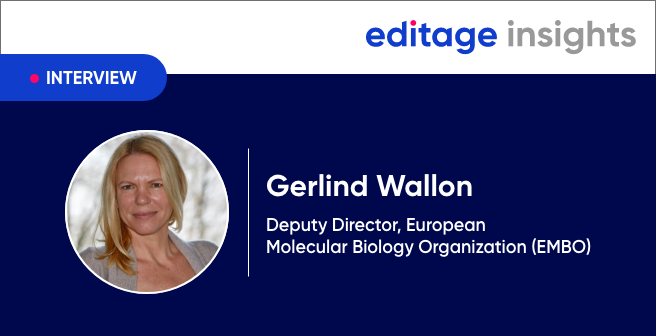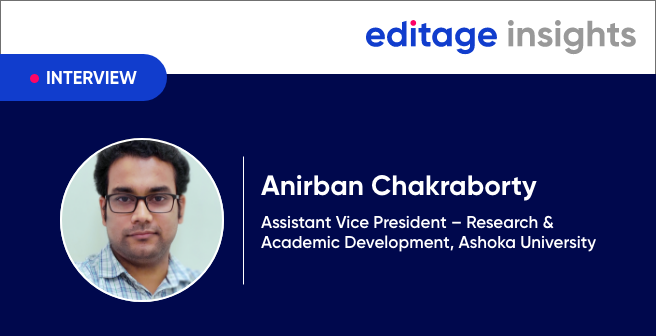Current challenges of the scientific publishing community in Korea

Dr. Sun Huh is Deputy Editor of the Korean Journal of Medical Education and Editor of the Journal of Educational Evaluation for Health Professions. He also serves as Chair for the Committee on Planning and Administration (March 2014–present) at the Korean Council of Science Editors, and prior to this was Chair for the Committee on Education and Training (Sep. 2011–Feb. 2014). He is Member and Vice-Chair of Committee of Medical Licensing Examination at the National Health Personnel Licensing Examination Board in Korea.
Dr. Huh served as a board member for the Korean Association of Medical Journal Editors (1996-2011) where he was dedicated to establishing medical databases for Korean medical journals such as KoreaMed, KoMCI, and Synapse. He managed the medical education system at Hallym University’s College of Medicine, where he is currently a Professor of Parasitology and is working on parasite genome sequencing. Dr. Huh is an MD, and holds an MSc and PhD in Parasitology from Seoul National University.
In the first part of this interview series, Dr. Huh discusses the current scientific publishing community in Korea.
Can you provide your view on the current scientific publishing community in Korea?
In Korea, most of the scholarly journals are registered with the Korea Citation Index (KCI) system of the National Research Foundation of Korea. There are 621 scholarly journals in engineering, 145 in agriculture and fisheries, 461 in medicine, and 356 in natural science. A total number of 1,582 journals are registered with science, technology, and medicine (STM) journals, of which 918 are published by academic societies and 664 by institutes. Rarely do commercial companies publish journals in Korea, and those that do are nonetheless official journals of academic societies or institutes. Commercial journals that pursue profits have no real value in Korea. Major STM journals are published by academic societies, except for very few that are published by institutes such as ETRI Journal (Electronics and Telecommunications Research Institute ) and Yonsei Medical Journal.
There are 245 English journals and of them 86 are in medicine, 73 in natural sciences, 66 in engineering, and 20 in agriculture and fisheries. (These statistics are from the KCI database; however, the database is not complete.) There are a higher number of English-language journals from the medical field. The reason for this is that more medical editors in this field prefer to add their journals to PubMed Central/PubMed and Google Scholar because they believe it is the quickest way of exposing their journals to the world’s medical information market.
In Korea, there are two communities of STM editors: Korean Association of Medical Journal Editors (KAMJE) and Korean Council of Science Editors (KCSE). KAMJE was launched in 1996. Their purpose is to promote the quality of medical journals published in Korea through exchanging information on editing and publication and discussing editorial principles. There are 236 member journals from KAMJE and most medical, dental, nursing, veterinary, nutrition, and public health journals have been involved with KAMJE. It provides consulting on the editorial quality of journals according to evaluation items; opens workshops or seminars for editors; maintains databases such as KoreaMed, KoreaMed Synapse, and KoMCI, which have been known as some of the top-notch databases in the world; discusses publication ethics; produces books; and cooperates with Asian medical editors through Asia Pacific Medical Journal Editors. One of the greatest successes is that KAMJE began adopting PubMed Central XML from 2006. After that, all English-language medical journals from Korea have been indexed in PubMed Central (PMC)/PubMed. Now 104 medical journals are or will be indexed in PMC.
KCSE was launched in September 2011. Its aim is to raise the style and format of science journals from Korea and bring them at the international level by exchanging and discussing information on editing so that it promotes cultural development and human well-being through scientific journals. KCSE has been active in providing workshops and seminars on editing and publication ethics. It publishes not only newsletters but also a scholarly journal entitled Science Editing. As of 2014, there are 213 member journals. Activities of KCSE and content of the journal are freely available on our website.
What are some unique challenges that Korea’s scientific authors face?
The Korean government began to focus more on mega-science or research with application for industrial development than research of a variety of scientific fields. Therefore, the competition rate of research grant for individual researchers is very high. If researchers participate in a large and government-focused research group, they can work for a long time without worrying about funding. Otherwise, they need to struggle for funding.
Another challenge is the phenomenon that funding agencies and universities highly appreciate researchers who publish in top-ranking journals with a high impact factor, but this is happening in all countries and all institutes. As a result, authors seek top-notch journals to submit their research to. However, fortunately, the government has kept the promise of keeping the R&D budget at least 5% of the government budget. As a result, the total R&D budget increases year by year at a rate of about 5-10%. The R&D budget rate ranks 3rd out of 34 Organisation for Economic Co-operation and Development (OECD) countries. Also, the national total R&D budget ranks 4th out of OECD countries. Only USA, Japan, and Germany surpass Korea on the total R&D budget including private investment. This is the reason Korea is one of the leading countries in terms of the volume for Science Citation Index Expanded (SCIE) papers produced. If only research articles are considered, Korea ranks 10th in SCIE paper publishing.
What unique challenges do Korea’s scientific editors face?
As mentioned above, top-notch researchers in Korea did not look at STM journals from Korea. For example, in my college, more than half of the faculty members do not publish papers with Korean journals because they usually seek high-impact SCIE journals. Though Korean journals are SCIE journals, the authors do not consider submitting papers to the Korean journals because of their low impact factor.
There are two groups of STM journals in Korea: SCIE and non-SCIE journals. Editors of SCIE journals receive many more submissions globally and are overloaded due to the excessive number of submissions, whereas the editors of non-SCIE journals face a shortage of submissions even from Korea. Recently, funding agencies have begun to highly appreciate not only SCIE journals but also SCOPUS journals. As a result, STM editors do their best to make their journals SCIE and/or SCOPUS journals.
The pressing difficulty for editors is increasing the impact factor. For biomedical fields, the first way of getting a high impact factor is to be indexed in an international database such as PubMed, and the second method is to allow Googlebot to crawl the entire data of the journal. Since PMC has become powerful, medical editors have switched their journals’ language to English and produced PMC XML files for inclusion in PMC.
But what about editors in other fields? Since the US National Foundation of Science (NSF) has no desire to construct a free or open access full text database like PMC, the Korean Federation of Science and Technology Societies (KOFST) launched the ScienceCentral in September 2013. It’s a clone of PMC for all science fields and all languages. KOFST wants every society journal with open or free access policy to upload their papers in JATS XML format to ScienceCentral. It is the second open or free access JATS XML, full-text database in the world; it is currently in the test phase. Fortunately, the cost of JATS XML production including CrossRef/XML, CrossMark XML, and FundRef XML is about 50 dollars per paper in Korea. Therefore, it is not so difficult to produce those XML files. Also, KOFST has supported scholarly journal publishing for which the total budget is 5 million dollars a year. Since 50,000 papers from 450 STM journals in Korea are supported by KOFST per year, it is possible to produce these XML files with funding from KOFST.
Read the second part of Dr. Huh’s interview in which he further discusses KCSE and how they are contributing to the publication ethics of the Korean scientific community.



